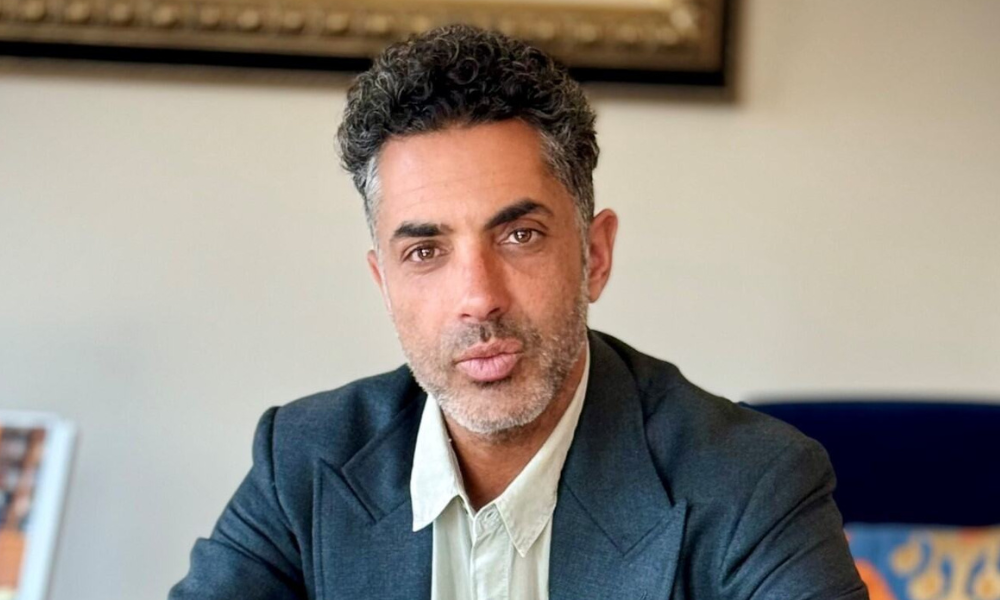Insuring the disconnect: When lender demands clash with market realities

Insuring the disconnect: When lender demands clash with market realities | Insurance Business America
Insurance News
Insuring the disconnect: When lender demands clash with market realities
‘Middle-market companies need to really start aligning themselves with what I define as micro-niche brokers’
Insurance News
By
Lauren Johnson
There’s a gross disconnect between lender insurance requirements and the reality of the insurance market – that’s according to Shahrad Nahai (pictured), principal at Nahai Insurance Services. Often times lenders mandate more coverage than is necessary. Consequently, their requirements impede cash flow on a deal. Now more than ever, real estate owners need to scrutinize and negotiate the insurance requirements on a loan.
The goal of both owner and lender should be aligned – to adequately cover the asset. For context, some previously executed loan agreements include excess or umbrella limits once more readily available and cost effective, limits that are now more difficult to secure and potentially cost prohibitive.
“On the acquisitions side, the real estate market has seen many asset sales fall through due to unanticipated insurance costs,” Nahai told IB.
Nahai explained that the segment of the economy he believes has been most adversely affected by the current insurance market is real estate, as lender insurance requirements have become a game-changing factor in overall premium costs, coupled with tough market conditions.
“Borrowers do not accurately contemplate the cost of coverage in their pro forma or in their underwriting, so when it comes to purchasing insurance, the costs end up being exorbitant,” Nahai added.
Increasingly tough property market
Beyond the pressures of lender insurance requirements, Nahai said that another significant challenge is the tough property insurance market. For the past five years, the market has experienced many difficulties in managing property-related risks such as fire, windstorm, and hail damage. While Nahai acknowledges that the market is beginning to stabilize, he warns that new hurdles are emerging, particularly in general liability insurance.
“Liability rates have now been increasing as a direct result of nuclear verdicts, social inflation and third-party litigation. In other words, the slip and fall that occurred seven years ago, let’s say it paid out $700,000, but today that’s paying out two times that at 1.5 million,” Nahai said. “The reason for this is that, since the financial crisis in 2008, jurors have become anti-corporate, and these jury awards and verdicts have now become nuclear – getting into eight figures and beyond, causing liability rates to increase.”
‘Middle-market companies need to really start aligning themselves’
Nahai doesn’t see the environment becoming “extremely favorable any time soon,” as the unpredictability of jury awards has made it challenging for insurance underwriters to charge appropriate premiums, leading to increased conservatism in the industry.
Meanwhile, the sector continues to see the impacts of increasing natural disasters, with technology helping the industry adjust to unprecedented weather events and other unforeseen challenges. Recently, severe convective storms, such as hail in New Jersey, have caught underwriters off guard.
“Underwriters historically would underwrite against a named windstorm, against hurricanes. But guess where most of the losses in 2023 came from? Severe convective storms like hail,” Nahai said.
This unpredictability has complicated the industry’s ability to forecast future risks, particularly in the context of climate change. Nahai suggests that catastrophe modeling companies are struggling to keep pace with the rapidly changing environment.
This goes hand in hand with the importance of alignment between middle-market companies and their insurance brokers, arguing that global and national brokers are often too large and unwieldy to meet the specific needs of middle-market clients.
“I think middle-market companies need to really start aligning themselves with what I define as micro-niche brokers,” he said. “I don’t believe the global, national brokers are able to respond to the client’s micro needs; they lack responsiveness, agility, fast decision making, creative thinking and their size gets in their way.
“So, my recommendation to every commercial buyer of insurance coverage is to make sure your insurance broker is suitable for your needs. Does their management team, communication frequency and industry expertise mesh well with yours? Are they largely bureaucratic or entrepreneurial? How deep is their bench? Do they provide claims advocacy? Alignment between the insurance broker and the client is everything; the buyer needs to ensure that they’re working with somebody who’s appropriate for their business and for their size.”
Related Stories
Keep up with the latest news and events
Join our mailing list, it’s free!






